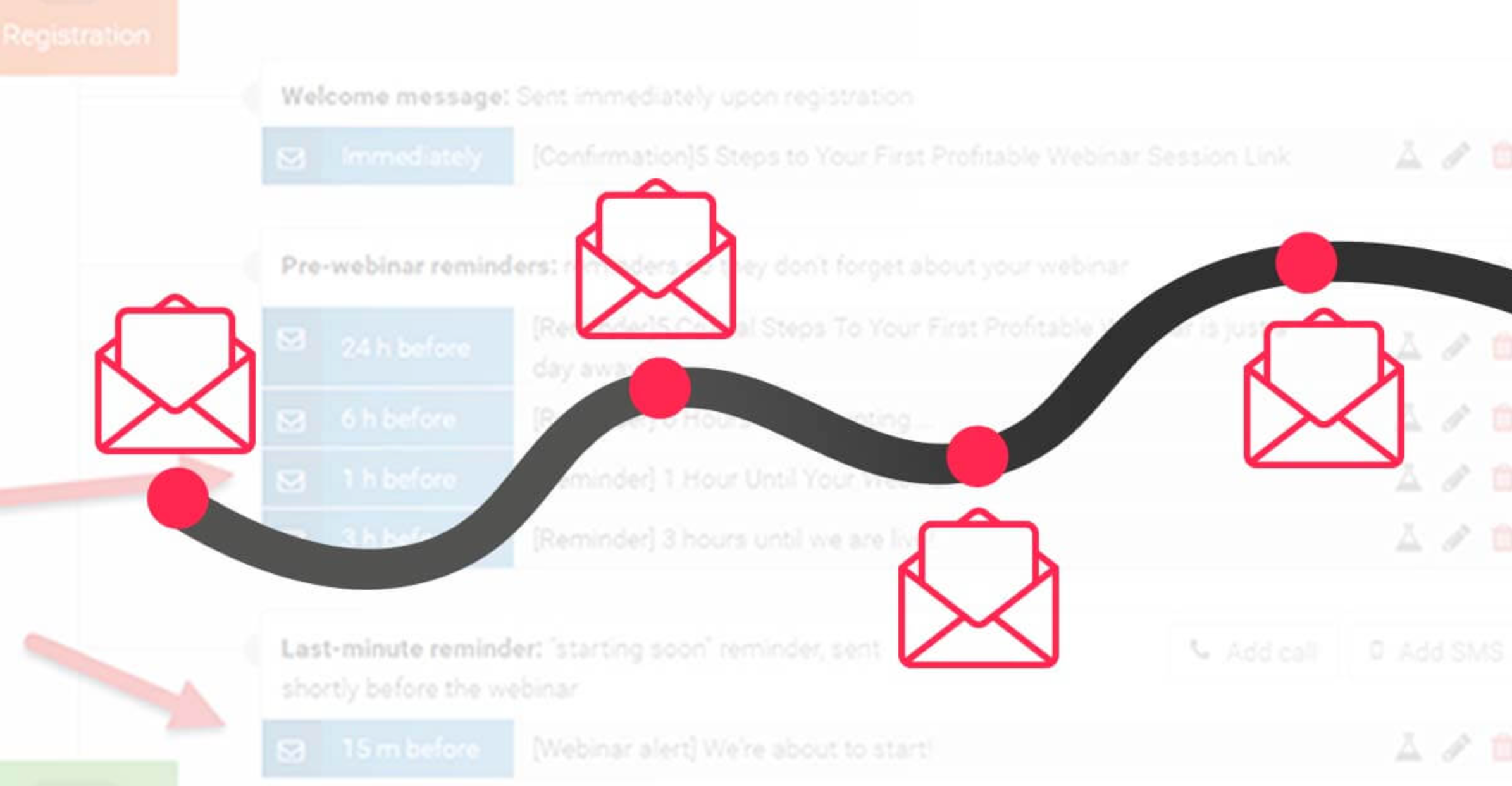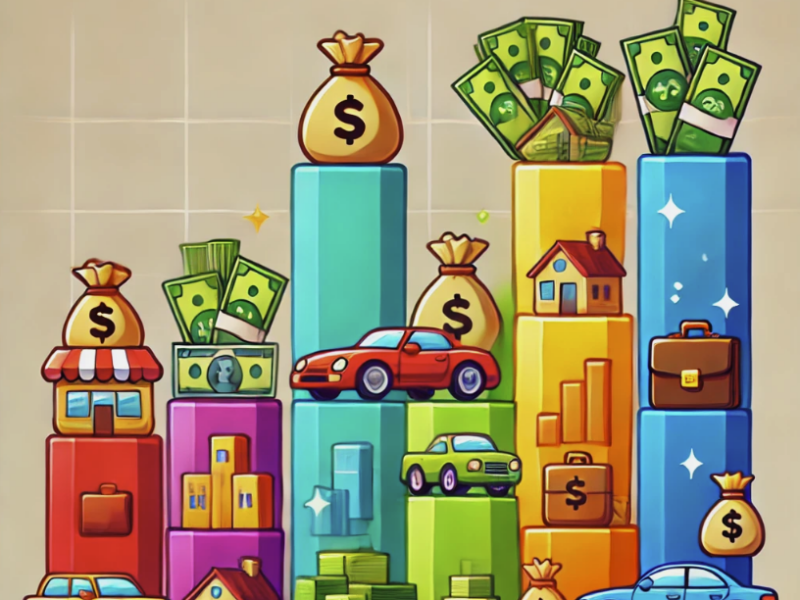In this article, we’re going to show you an easy strategy – the PEC method, or paid email challenge – for building an email list of engaged customers. Yes, customers. Not readers. And all while making a solid profit along the way.
How the PEC strategy works
As mentioned, PEC means paid email challenge.
Essentially, you sell a low-ticket course delivered via email for a specified period of time.
Say, for $49 or $99.
At the end of the challenge, invite your customers to take the next step. For Sean, that is a mid-ticket offer that helps them solve a bigger (or related) problem.
This could be $499 or $999.
Generally anything over $3,000 will require a sales team, so $999 is a good price point for a larger, higher-value course that’s still packed with value.
What are the benefits of the PEC method?
We’re glad you asked:
- It’s quick and easy to make.
- Makes you build a list of customers while weeding out those sneaky freebie seekers early on.
- Customers love it and do it because it’s so simple.
- It makes your customers want to buy your mid-ticket products.
Creating a PEC is quite easy
Are you ready?
All you have to do is pick a specific problem you want to solve and… solve that problem by breaking it up into each day of the challenge. It doesn’t get much easier than that.
And if you want to be as effective as possible, your PEC should reflect these three key characteristics:
– Low price. Under $100.
– Help solve one specific problem in a short time frame, ideally 7 days. (The longer the challenge, the less attractive the offer is.)
– Give people the experience of a quick win.
The profit potential
If you have an email list of 100,000 people – not too difficult once you’re running an established blog for several years – and:
- 1% of these people convert to a $99 course ($99k) and
- 10% of those convert to a $999 course (another $100k)…
…that’s around $200k in sales just off that one email sequence.
That’s another reminder of the importance of collecting emails.
Final word
We think this strategy is great for two reasons.
One… we really like acronyms (but you probably already knew that).
And two, this not only has the potential to be highly profitable, but it also educates your customers to open and engage with your emails.
And if you’re a smart marketer you know that the more they consume your content, the more they buy.


